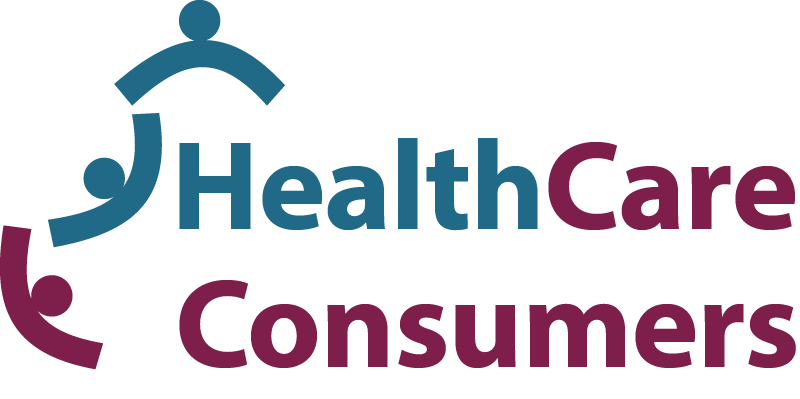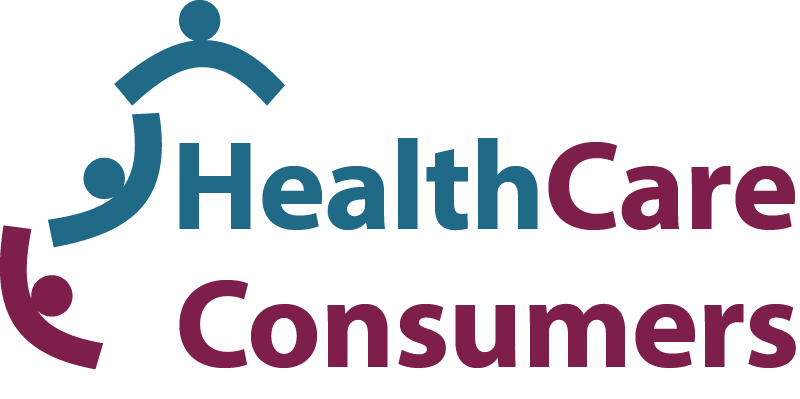Publications
Make the Most of Your Appointment – Telehealth or Face-to-Face
29 April 2020
Telehealth is the name given to health care that happens over the phone or via video with you and your health care practitioner. To get the best outcome from a health care appointment and especially if it is telehealth there a few things you can do before, during and after the appointment.
Before the appointment:
- Identify the right health professional. Health Direct has a nurse available 24 hours/day who can give you advice on your symptoms or suggest the right service. Phone 1800 022 222 or go to the Find a Health Service page
- Identify all your symptoms, when they occurred, and for how long
- If you want to discuss a few issues or your concerns are complex, consider booking a double appointment
- Find out how much you will be charged for the appointment. If you can’t afford to pay, ask if the health provider can bulk bill you (give the appointment to you for free) or charge less than normal
Have to hand:
- Have your medical history, list of symptoms, recent test or imaging reports and medicines list with you. Include any herbal remedies, vitamins or over-the-counter medicines
- Have your Medicare, Health Care or Veteran’s Card handy
- Identify the questions you want to ask with the most important ones first. Look at the Health Direct Question Builder tool here to create a list of questions
Get support:
- Call the Telephone Interpreter Service (TIS) for language support on 131 450
- Ask someone to be with you at the appointment if you think you may forget something or feel uncomfortable. Tell the health practitioner they are with you at the appointment.
Record the information:
- Have pen and paper handy so you can write notes. You could also ask your practitioner for permission to record the appointment.
Technology:
- You may need to purchase a webcam or a speaker if the device you are using does not have this built in
- Your practitioner will give you information about how to make contact using a video service. There may be a tutorial to guide you and an opportunity to check your device’s sound, video and capacity. If not, ask the reception staff. If it is an appointment through the ACT public health system, telehealth is explained here Canberra Health Services Telehealth or http://health.act.gov.au/digital/telehealth
- If your appointment is with a NSW practitioner and you are having troubles with the technology, you can phone
(02) 8644 2867. - Select a comfortable location:
- where you are unlikely to be disturbed,
- without too much light behind you (makes it hard for your practitioner to see your face),
- where your device is on a level, stable surface,
- you can be close to the screen
- where you can hear well.
Timing:
- Give yourself plenty of time before and during your appointment. You may be in a virtual waiting room for some time before the health provider joins you. As with face-to-face appointments, there may be delays.
At the appointment: symptoms and concerns
- Explain your concerns and describe your symptoms as briefly as you can without missing out on essential details. Add information about when/if it changes e.g. a throbbing pain that only gets better if I lie down
- Show the affected area if possible
- Be honest about your concerns, the symptoms and your lifestyle. Most health practitioners have heard everything before and will not be surprised. Their aim is to support your through correct diagnosis and treatment
- Speak up if you are having trouble using the phone or video
At the appointment: ask questions
- Ask for more information if you don’t understand the instructions given to you
- Ask if there is an alternative treatment if you are not comfortable with the one suggested
- Ask what the side effects might be of a suggested treatment
- Ask if a follow up appointment is needed and book it then
After the appointment:
- You may still need a face to face appointment if your practitioner can’t diagnose you using telehealth
- If you need tests or investigations done, book them straight away as there can be long waiting times
- If your appointment was with a doctor and they have prescribed medicines, write down the active ingredient in the medicine (so you don’t double up with other medicines) and be clear about how to take the medicine. Call your pharmacist or call the Medicines Line (1300 MEDICINE) (1300 633 424) if you need more information
- Update your list of medications and keep it in your wallet or on your phone. Update it again when you stop taking medications
- Monitor your health. Is the treatment prescribed working? Do you have concerns? Call your health practitioner or the HealthDirect nurse for guidance. HealthDirect is available 24 hours on the phone on 1800 022 222.
There are tips compiled from consumers, government and health organisations. To see other fact sheets go to telehealth tips and HCCA’s factsheet in our resource library.

